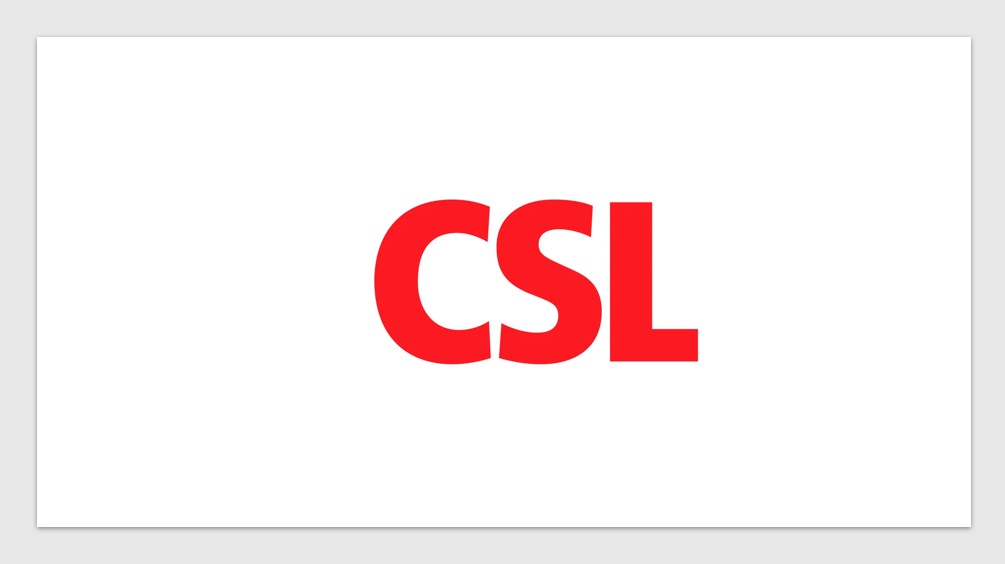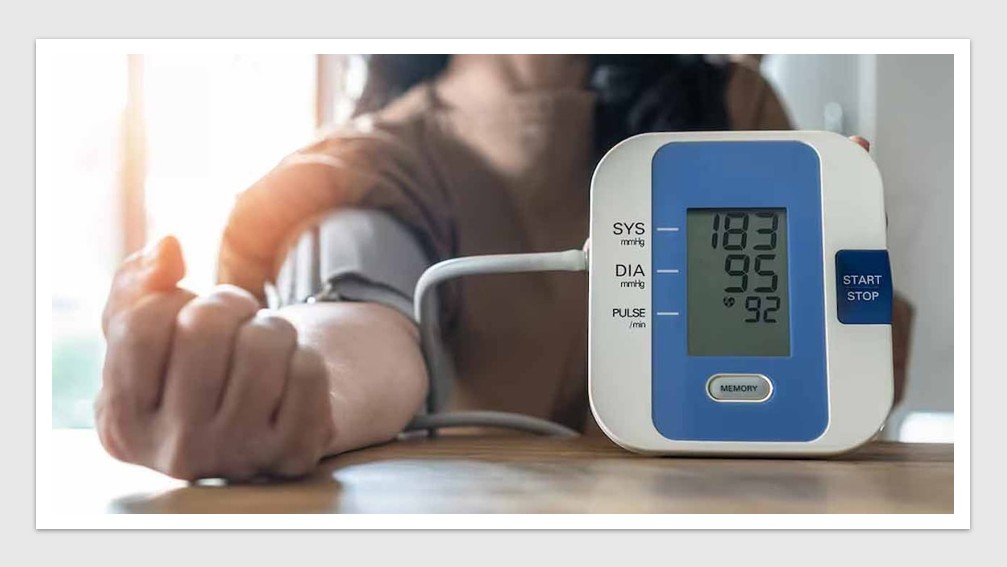News & Trends - MedTech & Diagnostics
Long game in cancer control pays off while the clock ticks on future risk

More than 230,000 lives have been saved in Australia thanks to investment in cancer prevention, screening, and treatment. The study from Cancer Council Victoria’s Cancer Epidemiology Division highlights the profound impact of sustained cancer control policies, while also warning of a looming 50% rise in cancer incidence by 2044.
The findings reveal that a significant proportion (65%) of the avoided deaths occurred in the final decade of the 68-year study, between 2009 and 2018.
Deputy Head of Cancer Epidemiology and lead researcher, Associate Professor Brigid Lynch, said the results reflect the long-term benefits of Australia’s investments in cancer control.
“What we’re seeing is a snowball effect – we’re now seeing the result of investments made in cancer control over the many decades,” Associate Professor Lynch said.
Gastroenterologist at the Royal Melbourne Hospital, Professor Finlay Macrae AO, highlighted the broader implications of these findings for public health policy.
“This analysis of Australian data is encouraging and underpins the need for public health advocacy to mitigate risk factors and engage in population-based screening and vaccination. The cost-benefit of avoiding 230,000 deaths, mostly represented as cures, must support further investment in primary and secondary prevention programs including the National Cancer Screening Programs in Australia,” stated Professor Macrae.
Significant declines in mortality were seen for several major cancers, including lung, breast, cervical and stomach cancers. Associate Professor Lynch pointed to anti-smoking initiatives as a key driver of declining lung cancer deaths since the 1980s.
“We’ve also seen the mortality rate drop markedly for breast, cervical and stomach cancer. While we know more women are diagnosed with breast cancer today because of increased screening, thanks to early detection and improved treatment options, that mortality rate is falling,” she explained.
Professor Adrian Esterman, Chair of Biostatistics at the University of South Australia, pointed to ongoing initiatives that are expected to sustain this downward trend.
“Australia has seen several major recent advances in cancer screening, control and treatment. These include a new national lung cancer screening program, an expanded national bowel cancer screening program, enhanced reading of mammograms using AI, and improved treatments, including advances in targeted therapy and immunotherapy. These will ensure the downward trend in cancer deaths continues,” said Professor Esterman.
Yet not all cancers are in decline. The study found mortality rates for liver and brain cancers are continuing to rise.
“These are trends we’ve seen both in Australia as well as around the world,” said Associate Professor Lynch.
With more than half of liver cancer cases linked to chronic hepatitis B or C infections, increasing screening and awareness are critical. Cancer Council Victoria is leading advocacy and education efforts for high-risk populations and pushing for greater uptake of hepatitis testing.
In parallel, the organisation is spearheading the world’s largest study into glioma, an aggressive form of brain cancer.
“If we can better identify this cancer’s risk factors, we can work to reduce mortality and incidence through prevention measures,” Associate Professor Lynch commented.
As Australia prepares for a sharp rise in cancer diagnoses driven by an ageing and growing population, researchers stress that prevention and early detection must remain top priorities.
“It’s vital that society increases investment in cancer prevention and early detection…Prevention is the only way we can reduce the health, social and economic burden of cancer and protect our health care system,” emphasised Associate Professor Lynch.
![]() In reimagining healthcare across the entire patient journey, Health Industry HubTM is the only one-stop-hub uniting the diversity of the Pharma, MedTech, Diagnostics & Biotech sectors to inspire meaningful change.
In reimagining healthcare across the entire patient journey, Health Industry HubTM is the only one-stop-hub uniting the diversity of the Pharma, MedTech, Diagnostics & Biotech sectors to inspire meaningful change.
The Health Industry HubTM content is copyright protected. Access is available under individual user licenses. Please click here to subscribe and visit T&Cs here.
News & Trends - Biotechnology

CSL reshapes R&D while bracing for U.S. tariffs
Australia’s largest biotech company CSL is streamlining its R&D operations to enhance efficiency amidst a rapidly evolving global landscape. The […]
MoreNews & Trends - MedTech & Diagnostics

Australia joins Medtronic trial in fight against resistant hypertension
Medtronic has launched an international clinical trial across Australia, the United States, and Europe to evaluate the feasibility of multi-organ […]
MoreNews & Trends - MedTech & Diagnostics

Medibank launches pharmacogenetic testing while government stalls on insurance discrimination ban
Medibank has become the first Australian health insurer to pay towards pharmacogenetic testing (PGx) for eligible customers on Extras cover. […]
MoreNews & Trends - Pharmaceuticals

Global pledge shifts visibility and action for patients with advanced breast cancer
Three breast cancer organisations have united internationally to demand that people living with metastatic breast cancer (MBC) are no longer […]
More